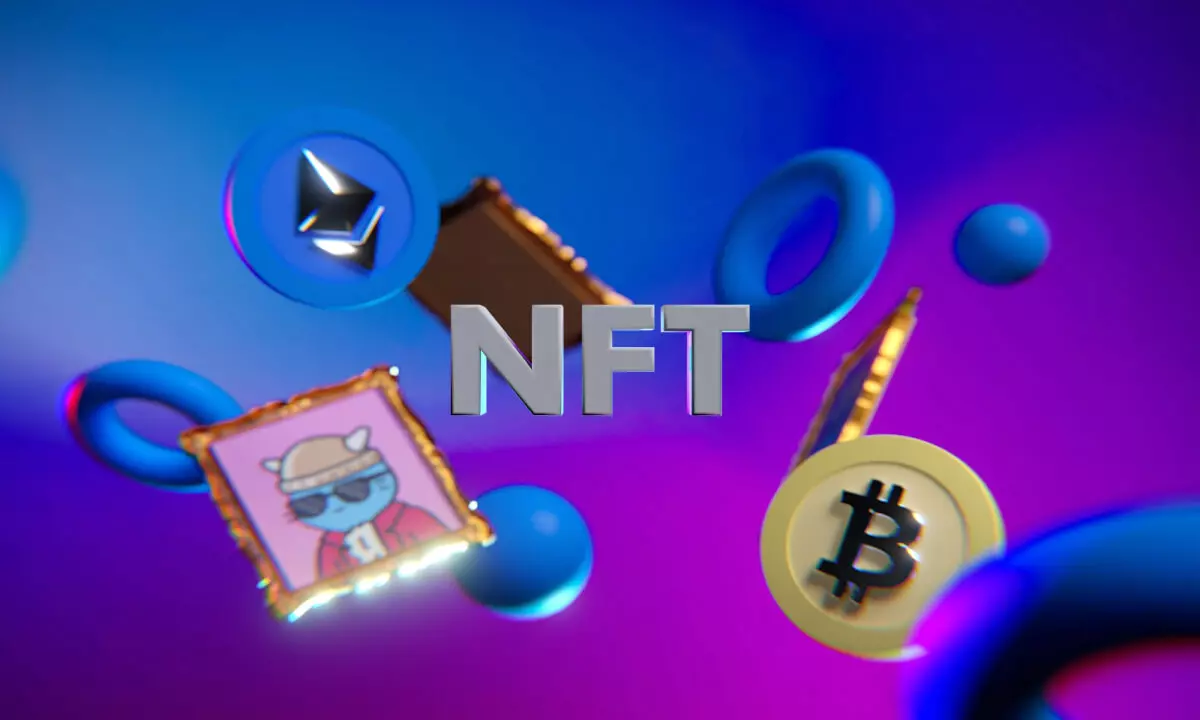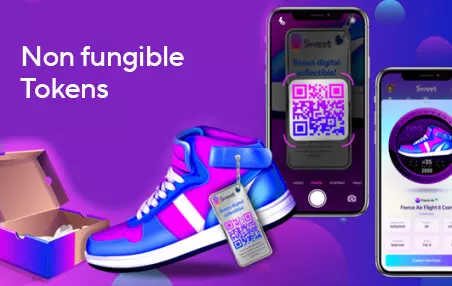NFT: The new opportunity for brands?

An NFT is used for various and diverse purposes. Due to its uniqueness, a non-fungible token can hold significant monetary value, much like a physical object. The enthusiasm surrounding this innovation primarily revolves around digital art and collectible items. NFTs can take on many forms, including artworks, personalized avatars, branded products, real estate, yachts, and more. While initially used as collectibles, they now allow some companies to develop their products in a different way. The four key characteristics of NFTs are transparency (providing complete information about an NFT), immutability (NFTs cannot be copied), decentralization (no central authority controls the transactions), and security (created using blockchain technology). You will see that these tokens can present a fantastic opportunity for brands. Companies are increasingly embracing the digitalization of their offerings to attract and retain young consumers who are enthusiastic about new technologies.
Challenges for Marketing
In 2024, NFTs are projected to generate nearly 80 billion dollars, according to experts. This economic explosion has not gone unnoticed by brands, who have taken a keen interest in this revolutionary novelty. For most of them, NFTs represent another original means of expression that is essential to integrate into their communication mix. This new way of engaging with consumers allows brands to reach a younger audience that pays more attention to this type of medium than others. Dynata, the world’s largest first-party data and insights platform, highlighted that 72% of Gen Z men and 59% of Gen Z women (under 25 years old) are “very interested” in NFTs.
Brands can approach the NFT market in two ways:
- Creating a brand-specific collection that engages consumers and makes them want to own a part of it to demonstrate their affiliation with the brand.
- Leveraging existing NFTs to support brand activations.
The NFT domain is quite complex, and brands venturing into it must understand the rules and conventions that govern it. Most importantly, they must comprehend the objective and opportunity represented by this technology. As more consumers take an interest in NFTs and become experts in the field, missteps are not advisable, especially for large companies, as they stand to lose much if their strategy is not well-executed.
In terms of marketing, there are numerous challenges. Like any tool, brands must precisely define the use they want to make of NFTs and the objectives they aim to achieve. Some focus on building their future customer base by offering NFTs that attract younger audiences, while others prefer to foster customer loyalty among those already interested in the brand, providing tokens based on customer purchase recurrence and their connection to the offered products.
In 2022, Corporate Social Responsibility (CSR) is one of the major concerns for brands. You might wonder what the link is between NFTs and CSR ? Some brands have decided to create their own digital artworks and put them up for sale, with the proceeds going to environmental defense associations or humanitarian organizations. These actions align with CSR practices that many companies consider to stand out from the competition.
In the majority of cases, NFTs are primarily used to generate new sources of revenue. They allow brands to diversify and expand their existing product offerings, leading to increased profits. Some brands even release exclusive NFT collections that can generate more revenue than their physical collections. As mentioned earlier, the uniqueness of NFTs makes their sale exclusive and highly sought-after, with some willing to spend thousands of euros to acquire them.

Luxury brands are at the forefront :
If there is one sector that is more prominent in the NFT domain than others, it is undoubtedly the luxury industry. For the brands involved, it’s an opportunity to stand out, offer innovative customer experiences, and reinforce the sense of rarity that also fosters brand attachment. Brands like Bulgari, Guerlain, Porsche, L’Oréal, Balmain, and Gucci are all seeking to attract specific target audiences through the release of these collections of non-fungible tokens. Gucci, for instance, launched augmented reality sneakers aimed at a younger audience (under 25 years old), while Porsche sought to retain older collectors by selling unique sketches of certain car models as NFTs.
Luxury brands benefit from a high perceived value from the start. Consumers are willing to spend thousands of euros on exceptional products. The rarity and uniqueness of these non-fungible tokens have multiplied this perceived value effect. NFT holders of luxury brands feel even more privileged than others and are willing to spend tens or even hundreds of thousands of euros to acquire them.
Over time, NFTs have become the new digital storefronts for physical brands. Luxury companies have understood this and are not hesitant to invest in creating their own collections to stand out significantly. Through these tokens, brands manage to bring communities together, akin to prestigious “customer clubs” in physical stores.
Luxury brands are taking it a step further. Have you heard of the metaverse? It’s a virtual world where NFTs are rapidly growing. Many luxury brands are already present there, understanding the importance of positioning themselves virtually. For example, Louis Vuitton has created its own video game that incorporates NFTs as rewards.
Everything seems so perfect and easy. However, experts still question the future of NFTs. There are numerous threats that could hinder the smooth development of this technology. Some believe it’s a revolution for centuries to come, while others see it as a speculative bubble that could burst at any moment.
So, is it just a passing trend or a genuine underlying trend ?

Threats looming over this new technology
In a time when the NFT domain is primarily targeted by speculative traders, it appears risky for some businesses to venture into this realm. Currently, the majority of consumers are still far from adopting tokens stored on a blockchain. If NFTs fail to gain further traction, it could have a severe impact on brands that have invested in this technology.
Brands also need to be cautious about unauthorized NFTs. The emergence of these non-fungible tokens raises questions about copyright and counterfeiting issues. Some conflicts have already arisen, and legal proceedings are underway. For instance, Nike initiated legal action against StockX, which had commercialized an NFT collection featuring its famous swoosh logo. The jurisdiction and regulations surrounding this technology are not always straightforward to understand and apply when resolving disputes. NFTs are volatile, and speculation is significant. Brands also run the risk of their products being pirated. For example, Hermes’ “Kelly” bag was replicated and sold as an NFT without the brand’s authorization.
NFTs: What’s the final verdict?
As we’ve seen throughout this article, NFTs are undeniably a current opportunity. They allow brands to create rare and unique virtual items that appeal to their consumers. Brands have the chance to diversify their revenue sources and target the customers they truly want to reach. Gradually, brands are positioning themselves in the metaverse, which experts predict will become the future hub for all NFTs. However, it’s essential not to overestimate the potential of this technology. In the event of a speculative bubble burst, it could become a nightmare for some brands. NFTs are a yes… but in test & learn mode !


